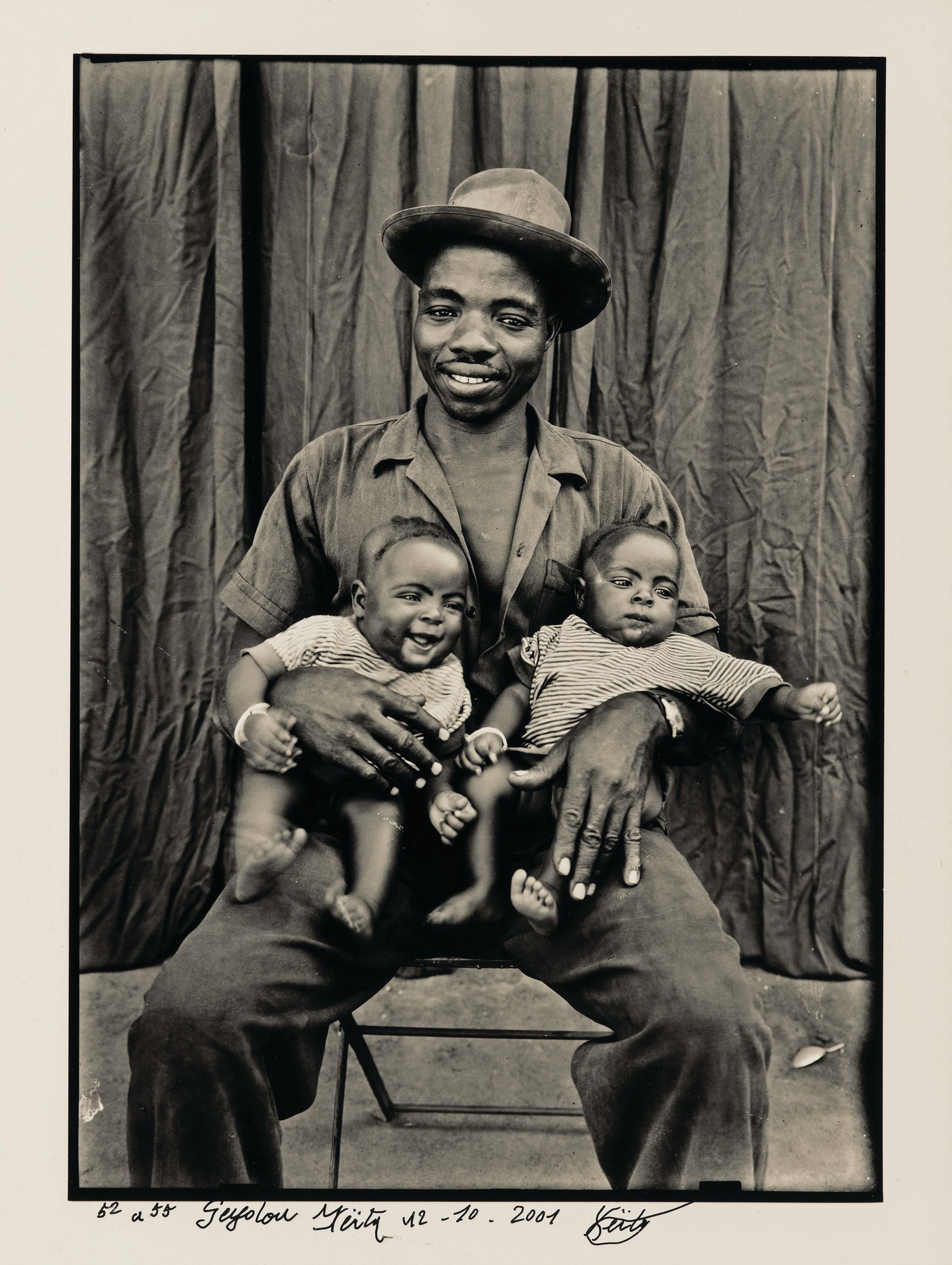Cecil Beaton, Francis Bacon in His Studio (1960) Photographs, Phillips, 19 May
Estimate £25,000-£35,000 (sold for £31,250 with premium)
“Photographs are not only points of reference; they’re often triggers of ideas,” said the British painter Francis Bacon. While he never painted in a photorealistic style, Bacon accumulated a rich hoard of printed images and often commissioned photographers to make portraits of his closest models. When the contents of the artist’s Reece Mews studio were transferred to the Hugh Lane Gallery in Dublin in 1998, six years after his death, cataloguers found 1,500 photographs among more than 7,000 items. Creased, torn and flecked with paint, this photograph comes from a European private collection. It documents Bacon’s failed exchange of portraits with his friend and drinking partner, the society photographer Cecil Beaton, in 1960. Beaton asked Bacon to paint him, describing in his journal how he sat in the “incredible mess” of the artist’s studio. But after witnessing Beaton’s horror at the unflattering result, Bacon destroyed the work. “He seemed jubilant at not getting paid, at not finishing a picture,” Beaton wrote.

Seydou Keïta, Untitled (Twins) (1952-55, printed 2001)
Photographs, Sotheby’s, 19 May
Estimate £3,000-£5,000 (unsold)
Since his archive of more than 10,000 negatives came to light in the 1990s, Mali’s master photographer Seydou Keïta has belatedly achieved international recognition. Born in 1921 in Bamako, he began earning his living from the medium in 1939 as a self-taught teenager. Between 1948, when he opened his studio in the capital, and 1962, when he became an official photographer for the new Socialist government, Keïta built a reputation across West Africa for his stylish 13cm x 18cm black-and-white portraits. With carefully choreographed lighting, backdrops, costumes and props, these were designed to flatter his middle-class clients, and have since come to be appreciated as works of art. More modest than many of Keïta’s compositions, this view of a young working man holding his wriggling twin sons is among almost 300 photographs in the major Seydou Keïta exhibition at the Grand Palais in Paris (until 11 July). The larger 40cm x 30cm print was produced in 2001, the year Keïta died.

Robert Rauschenberg, Rauschenberg Photographs portfolio (1949-61, printed 1979) Photographs, Christie’s, King Street, 20 May
Estimate £7,000-£9,000 (unsold)
Robert Rauschenberg, who is perhaps best remembered for his sculptural Combines and silkscreen paintings, began his career with a camera as well as a brush. “I’ve never stopped being a photographer,” he later said. It was at Black Mountain College in North Carolina in the late 1940s and early 1950s that he took his first photographs, under the eye of Aaron Siskind, Harry Callahan and Hazel Larsen Archer. Christie’s is offering a portfolio of photographs from this period from the collection of Rauschenberg’s legendary dealer Ileana Sonnabend and the estate of her daughter Nina Castelli Sundell. They include Quiet House (around 1949), a study of a diagonal shaft of light in an empty room at Black Mountain College, and Tangier (1952), a textured street scene from Rauschenberg’s travels in Italy and North Africa with his fellow student and lover Cy Twombly. Numbered 42 in an edition of 50, the portfolio was published by the Sonnabend Gallery in New York in 1980. Christie’s sold number 40 from the edition last month in New York for $12,500 (est $10,000-$15,000).

